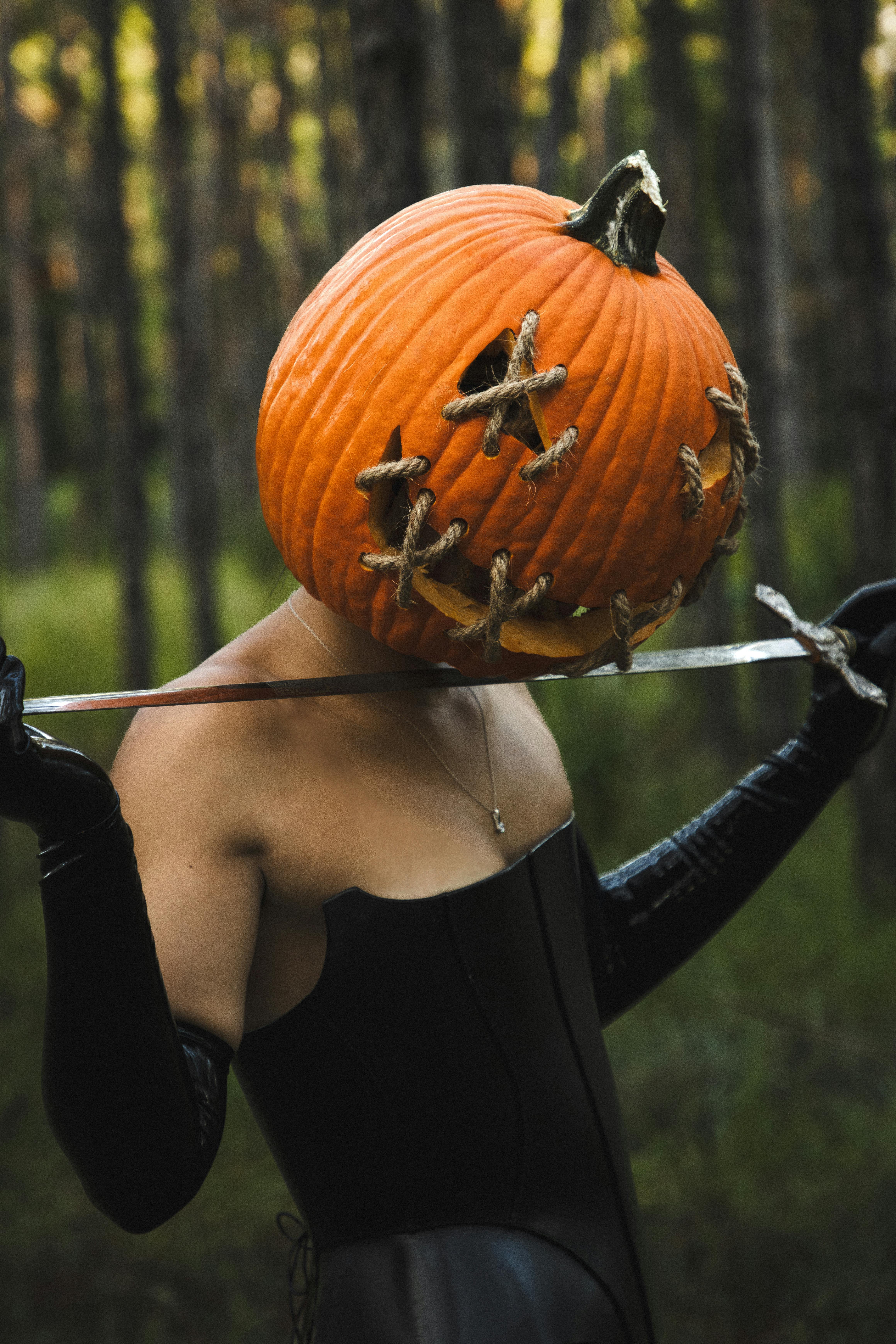Have you ever wondered about the vehicle and weapon of Kama? This intriguing article will reveal the unique aspects of Kama’s chosen mode of transportation and the powerful weapon that aids in their endeavors. Embark on a fascinating journey to uncover the secrets of this mythological deity and discover the symbols that define their presence in ancient tales and legends. Get ready to be captivated by the rich lore surrounding Kama’s vehicle and weapon.

Table of Contents
Introduction
In Hindu mythology, there are countless deities, each with their unique characteristics, attributes, and symbols. One such deity is Kama, the god of love and desire. Kama is often depicted with a distinct vehicle and weapon, which hold great symbolism and significance in the Hindu belief system. In this article, we will explore the fascinating aspects of Kama’s vehicle and weapon, looking at their symbolism, cultural representations, and their role within the broader context of Hindu mythology.
The Deity Kama
Introduction to Kama
Kama, also known as Kamadeva, is a beloved deity in Hinduism and is believed to be the god of desire, love, and passion. He is said to be a youthful and handsome god, often depicted with a bow and arrow, ready to strike a person’s heart and ignite the flames of attraction and romance. Kama’s presence is vital for the propagation of life, as he awakens desire and love in individuals, ensuring the continuation of the human race.
Role and Importance of Kama
Kama’s significance extends beyond the realm of romantic love. His role in Hindu mythology is essential, as he not only governs desire and attraction between individuals but also influences their creative endeavors and pursuits. Kama represents the instinctive, dynamic, and transformative force of love that permeates all aspects of life. Whether it is the love between romantic partners, the bond between family members, or the devotion towards a chosen profession, Kama’s influence is ever-present, inspiring and driving individuals to seek connection and fulfillment.
The Vehicle of Kama
Introduction to the Vehicle of Kama
Kama is often depicted riding a unique vehicle, which symbolizes his divine essence and embodies the qualities associated with his domain. The vehicle serves as a means of transportation for the deity, assisting him in his mission of spreading love and desire throughout the cosmos.
Symbolism and Significance of the Vehicle
The vehicle of Kama is a magnificent parrot, renowned for its beauty, grace, and captivating voice. The parrot serves as an apt representation of Kama’s charm and allure, as well as his ability to captivate and enchant those under his influence. It is believed that the sweet melodies sung by the parrot signify the enchanting power of love and desire, which can resonate deep within one’s soul. Additionally, the parrot’s association with high fidelity and loyalty reflects Kama’s role in nurturing deep and enduring connections between individuals.
The Weapon of Kama
Introduction to the Weapon of Kama
Being the god of desire and love, Kama possesses a unique weapon that aids him in fulfilling his divine duties. This weapon is not destructive or violent like those of other deities but holds a different intention and purpose altogether.
Symbolism and Significance of the Weapon
Kama’s weapon is a beautiful, fragrant and delicate flower arrow, commonly known as a sugandhastra. Unlike conventional weapons used for war or defense, the sugandhastra represents the gentle and persuasive nature of love. When Kama strikes a person’s heart with this flower arrow, it evokes a sense of desire, driving individuals to seek connection, union, and intimacy. The fragrance of the flower arrow is said to intoxicate the senses, heightening emotions and making the recipient yearn for the object of their affection.

Depictions of Kama’s Vehicle and Weapon
Artistic Representations
Kama’s vehicle, the parrot, and his weapon, the sugandhastra, have been portrayed in various artistic forms throughout history. In paintings, sculptures, and other forms of visual art, Kama is often depicted riding the parrot, holding the sugandhastra, ready to unleash desire and love upon unsuspecting souls. Artists painstakingly capture the grace and elegance of the parrot, emphasizing its vibrant colors and radiant plumage, while the sugandhastra is portrayed as a delicate and exquisite flower arrow.
Cultural Depictions
Kama’s vehicle and weapon have also found a prominent place in Hindu cultural traditions and celebrations. During festivals and religious ceremonies dedicated to love and desire, such as Holi and Vasant Panchami, devotees adorn themselves with imagery of Kama riding the parrot and carrying the sugandhastra. This serves as a reminder of the deity’s benevolent influence and invites individuals to embrace the power of love, devotion, and romantic connections in their lives.
Comparisons with Other Deities
Similarities and Differences with Other Deities’ Vehicles and Weapons
While Kama’s vehicle and weapon are unique to him, there are similarities and differences when compared to those of other deities in Hindu mythology. For instance, the god Shiva is often associated with a bull, symbolizing his power, strength, and stability. In contrast, Kama’s parrot represents his charm, beauty, and the ability to enchant others. Similarly, the goddess Durga wields a trident, signifying her divine authority and protection, while Kama’s sugandhastra embodies the gentle persuasion of desire and love.
Possible Influences and Adaptations
It is fascinating to observe the influences and adaptations of Kama’s vehicle and weapon in different cultures and mythologies worldwide. The concept of a deity associated with love or desire and having a distinct vehicle or weapon can be found in various ancient civilizations, such as Cupid and his bow and arrow in Roman mythology. The similarities across different cultures highlight the universality of human emotions and the timeless fascination with love and desire.

Worship and Devotion to Kama
Rituals and Offerings
Devotees who seek to honor and invoke Kama’s divine blessings often perform rituals and offer prayers to the deity. These rituals may vary depending on regional customs and personal preferences, but they generally involve the burning of incense, lighting candles, and reciting hymns or mantras dedicated to Kama. Additionally, individuals may offer flowers, fruits, or other symbolic items to express their devotion and seek assistance in matters of love and desire.
Temples Dedicated to Kama
Throughout the Indian subcontinent and beyond, there are several temples dedicated to Kama, where devotees can come and pay their respects. These sacred spaces serve as focal points for individuals seeking guidance, strength, and blessings in matters of the heart. Within these temples, elaborately adorned idols of Kama, often depicting him with his parrot and sugandhastra, are worshipped and revered by devotees from all walks of life.
Mythological Stories of Kama’s Vehicle and Weapon
Stories from Hindu Mythology
Hindu mythology is replete with captivating stories that shed light on the origin and significance of Kama’s vehicle and weapon. One popular mythological tale tells the story of Kama’s attempt to awaken the god Shiva from his deep meditation by using the sugandhastra. However, Shiva, infuriated by this interruption, opens his third eye and reduces Kama to ashes. This narrative underscores the immense power of desire and its potential consequences when misused or directed towards inappropriate targets.
Ancient Texts and Scriptures
Ancient Hindu texts and scriptures, such as the Mahabharata and the Puranas, provide further insight into the significance of Kama’s vehicle and weapon. These texts often depict Kama’s role in shaping the romantic relationships of various divine beings and mortal heroes, showcasing the transformative power of love and desire. The descriptions and interpretations of Kama’s vehicle and weapon in these texts contribute to a deeper understanding of their symbolism and their broader implications in Hindu theology.
Historical and Contemporary Significance
Cultural Relevance and Evolution
The understanding and significance of Kama’s vehicle and weapon have evolved over time, adapting to the changing cultural and social dynamics of Hindu society. While the core symbolism remains intact, the way people perceive and interpret these symbols may have shifted in response to contextual changes. Nevertheless, the fundamental message of love, desire, and connection that Kama represents stands the test of time, resonating with individuals across generations.
Popularity and Interpretations in Modern Times
In the modern era, Kama’s vehicle and weapon continue to capture the imagination of people worldwide. Artists, authors, and filmmakers often draw inspiration from these symbols when exploring themes of love and desire in their creative works. Additionally, these symbols have been adopted by various subcultures and are frequently incorporated into fashion, art, and popular media, adding a touch of mystique and enchantment to contemporary aesthetics.
Conclusion
Kama, the deity of love and desire, is accompanied by a distinctive vehicle and weapon that hold deep symbolism and significance within Hindu mythology. The parrot, representing beauty, charm, and loyalty, serves as Kama’s vehicle, while the sugandhastra, a fragrant flower arrow, embodies the gentle persuasion of his love. These symbols, depicted through art, cultural traditions, and ancient texts, highlight the essence of Kama’s divine presence and his influence over human emotions and relationships. As Kama continues to inspire devotees, his vehicle and weapon remain timeless reminders of the power of love and desire in shaping our lives.